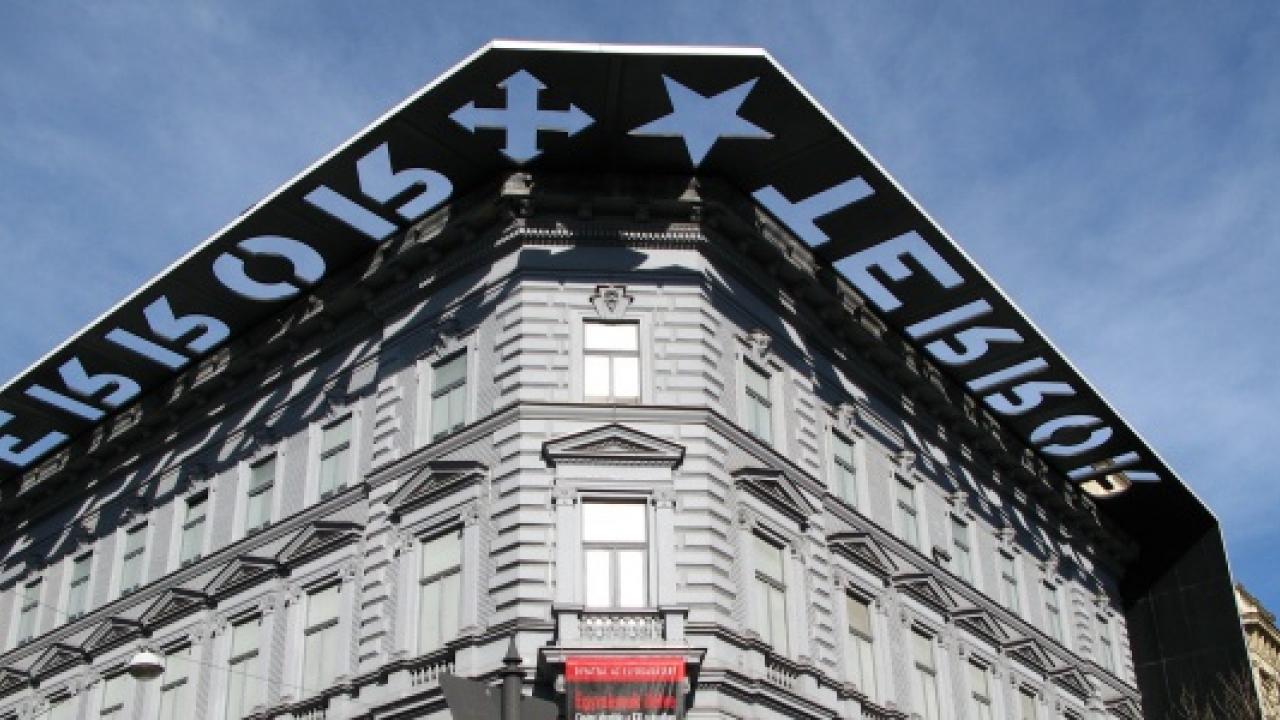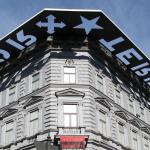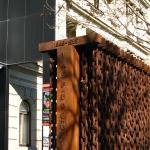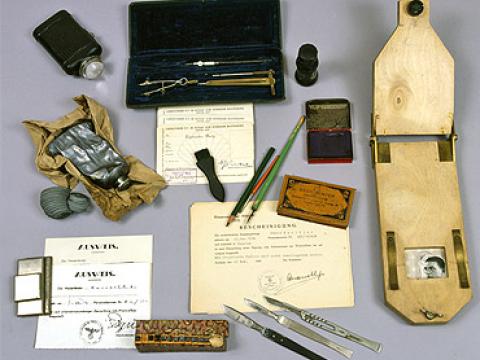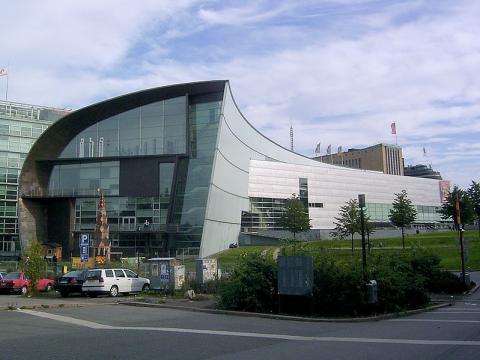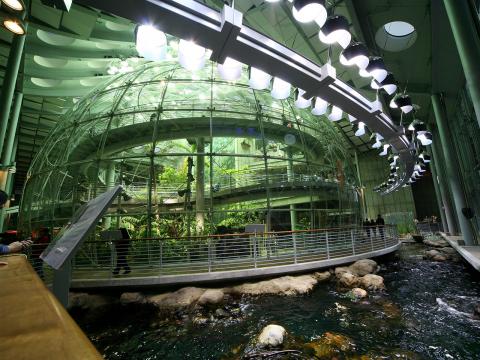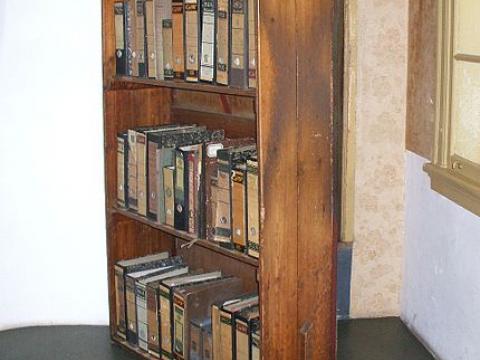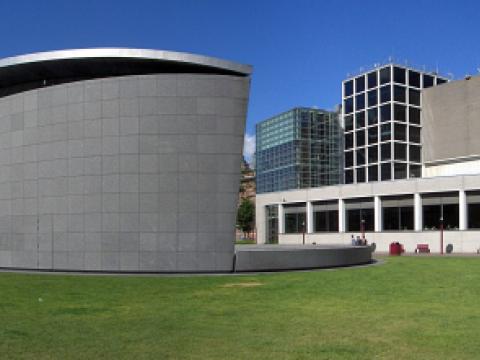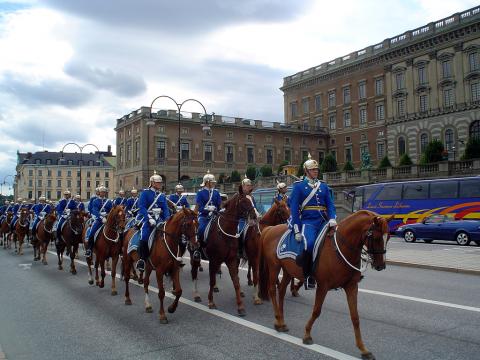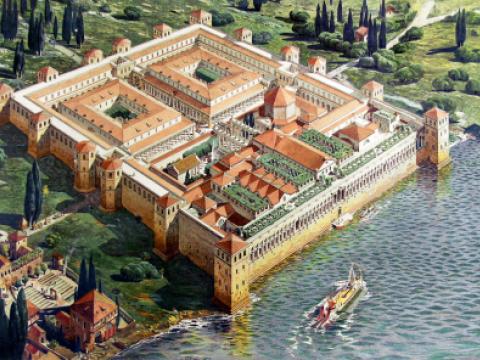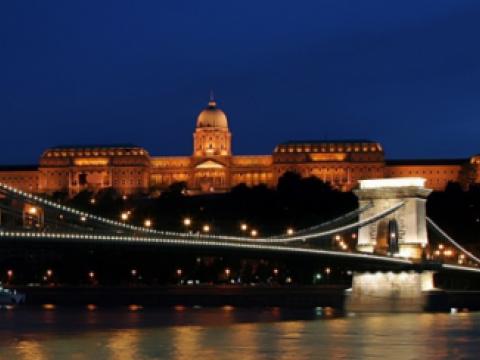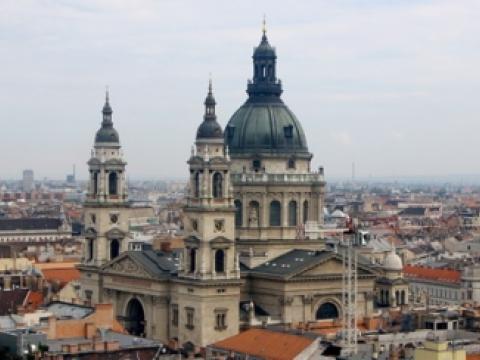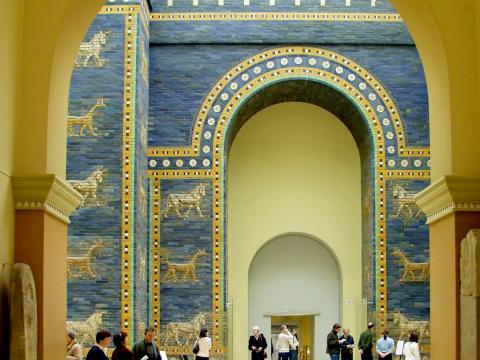Location
‘Forgive, but do not forget’ is what Hungarians say when asked about the oppressive governments that ruled the Hungary in the mid twentieth century. Hungarian nationalists decided to make peace between left and right leaning people in their country by making this monument dedicated to victims of communist and Nazi regime. The house of terror contains numeral evidence of torture and murder of political prisoners.
Hungary was an ally of the Nazi Germany during the early years of the WWII. As the Hungarians were traditionally friendly with large Jewish community in Budapest, they were affected when the Nazis started tormenting the Jews. Many of the Hungarians trying to end the Nazi nonsense face the punishment from their totalitarian government. Almost the whole Jewish population of the city was wiped down, sent to camps, or imprisoned. Having signed the pact with the Axis powers, Hungarian soldiers were sent to fight Yugoslavia and Soviet Union.
In 1945, Hungarians welcomed the Red Army, even with the cost of demolishing many parts of Budapest. Hoping for freedom, Hungarians got another oppressive government with selfish career-chasers as their rulers. Another period of terror emerged…
Take the Millennium Underground (M1) to Vörösmarty street.
Adults: HUF 2,000; EU students & senior citizens: HUF 1,000.







